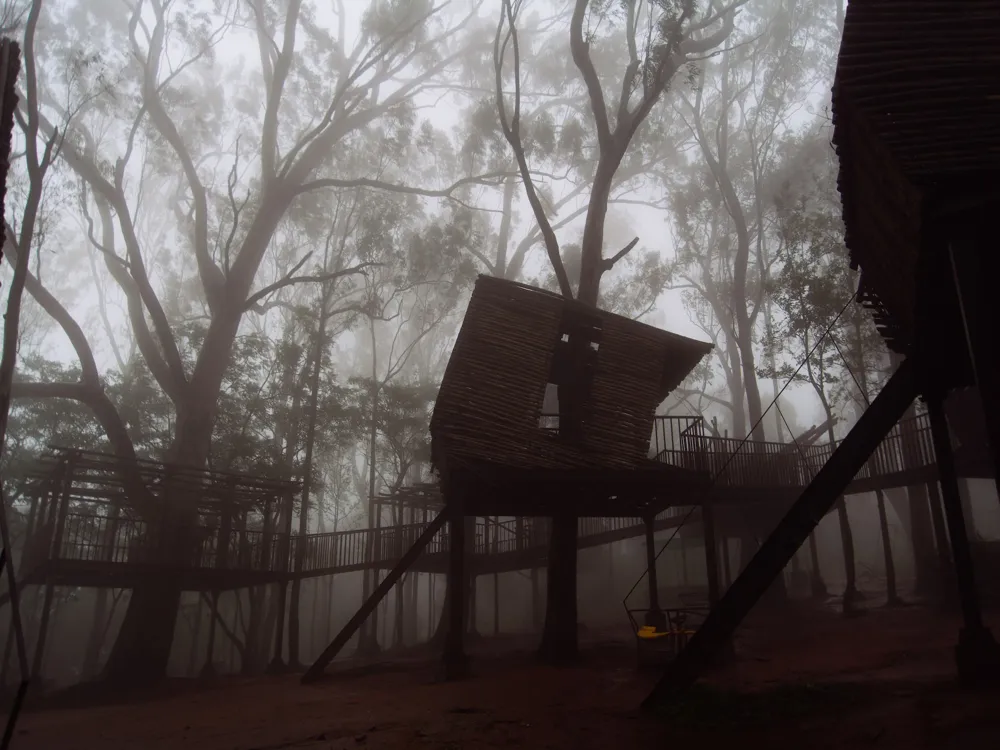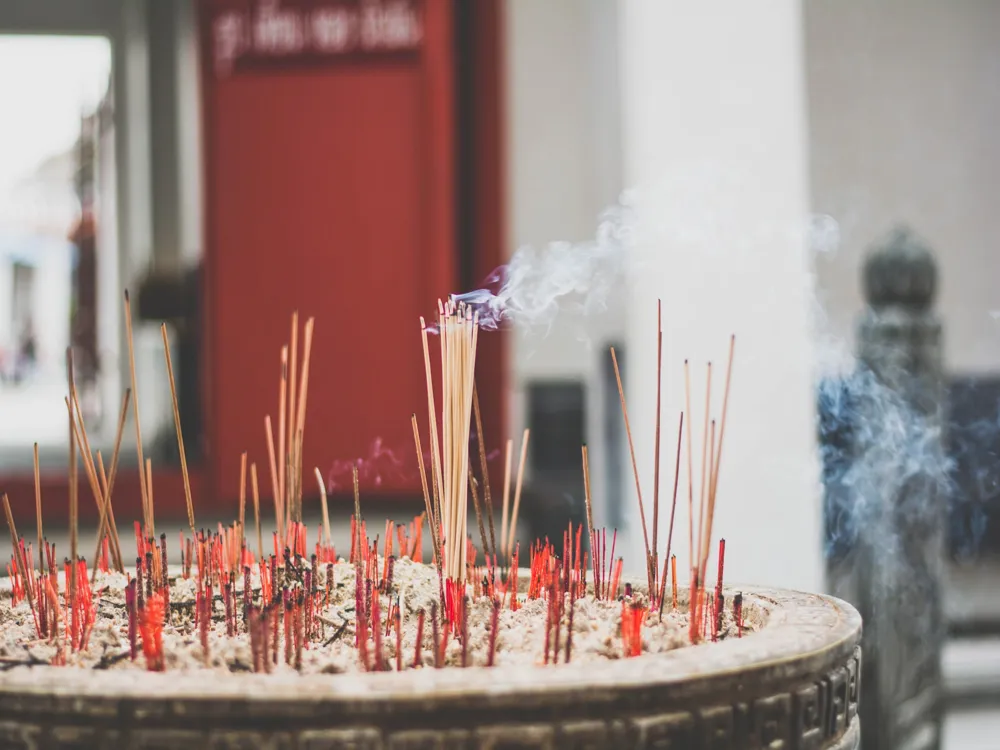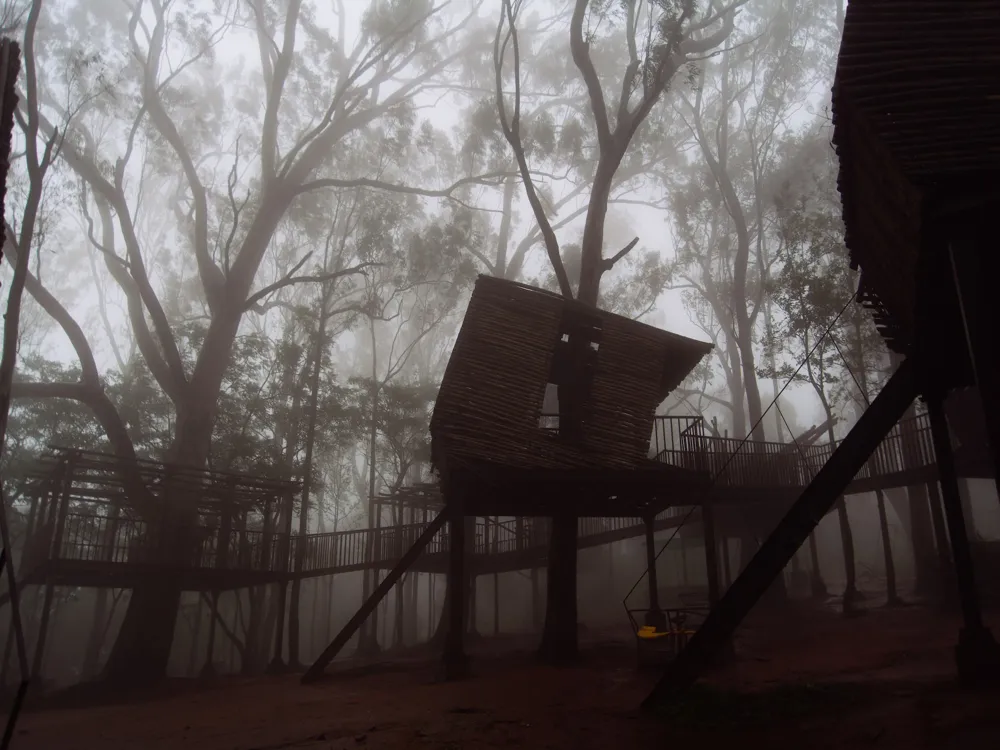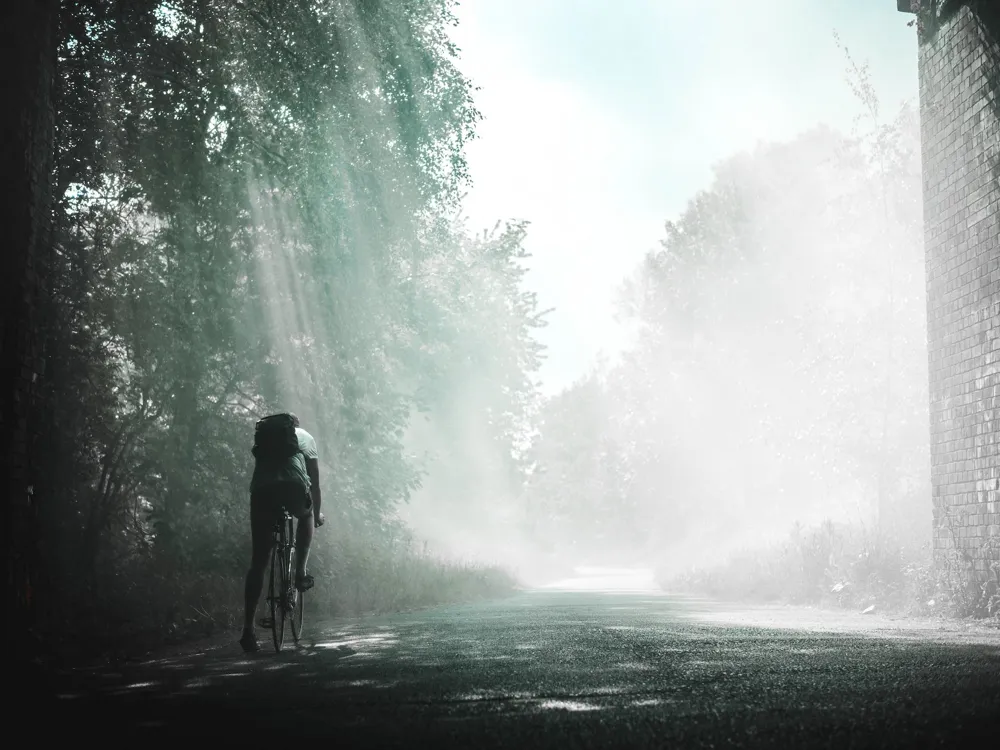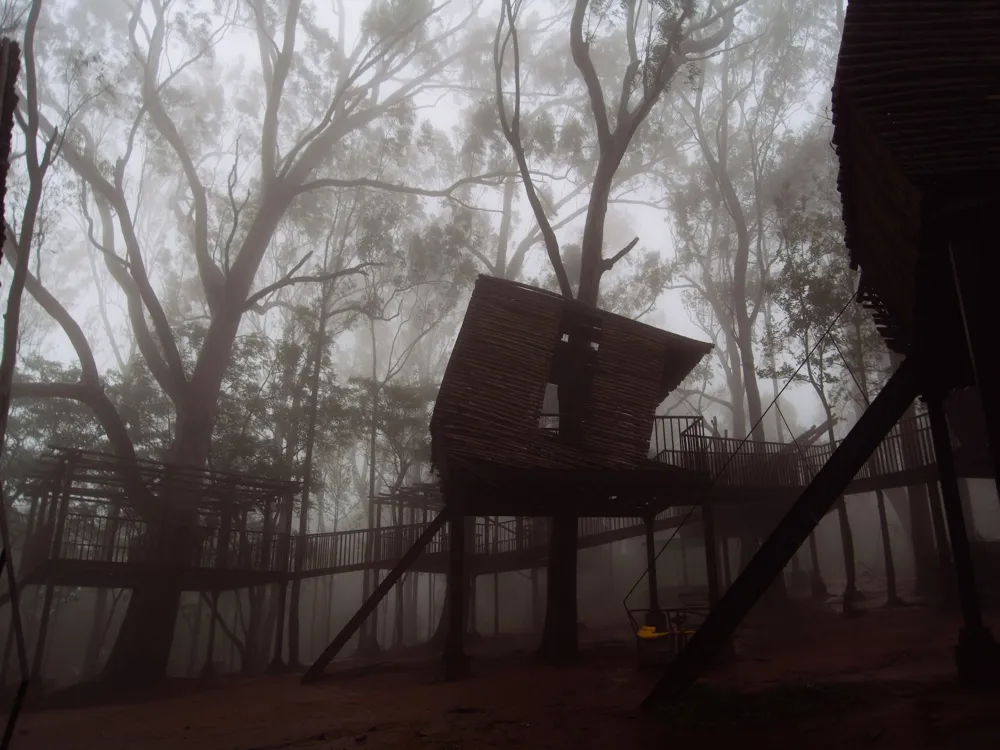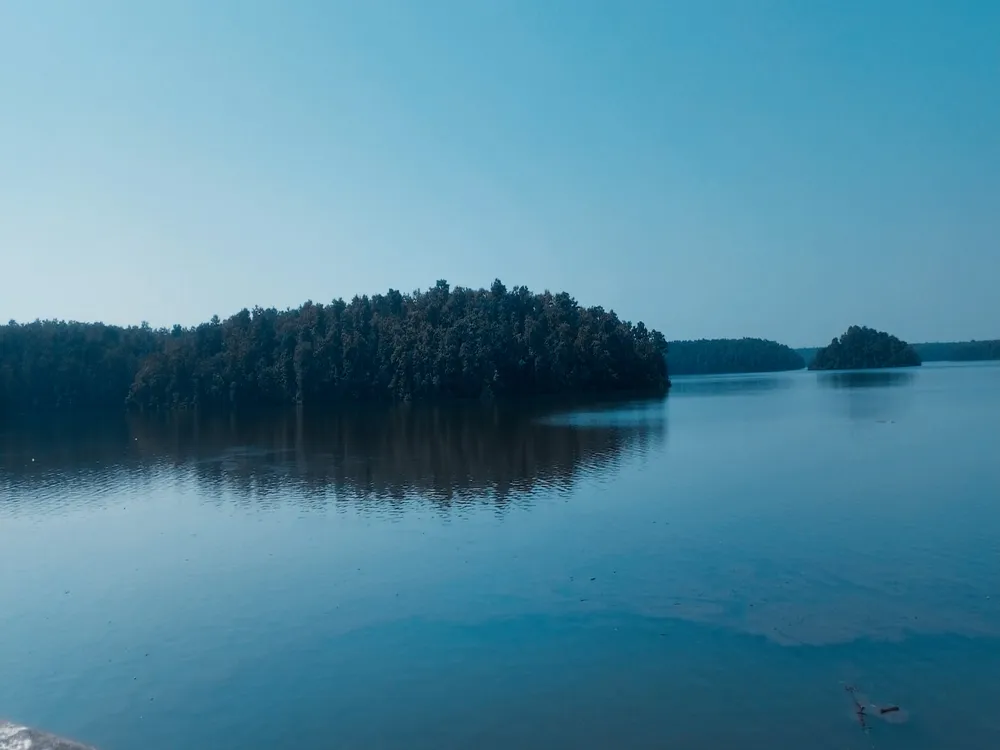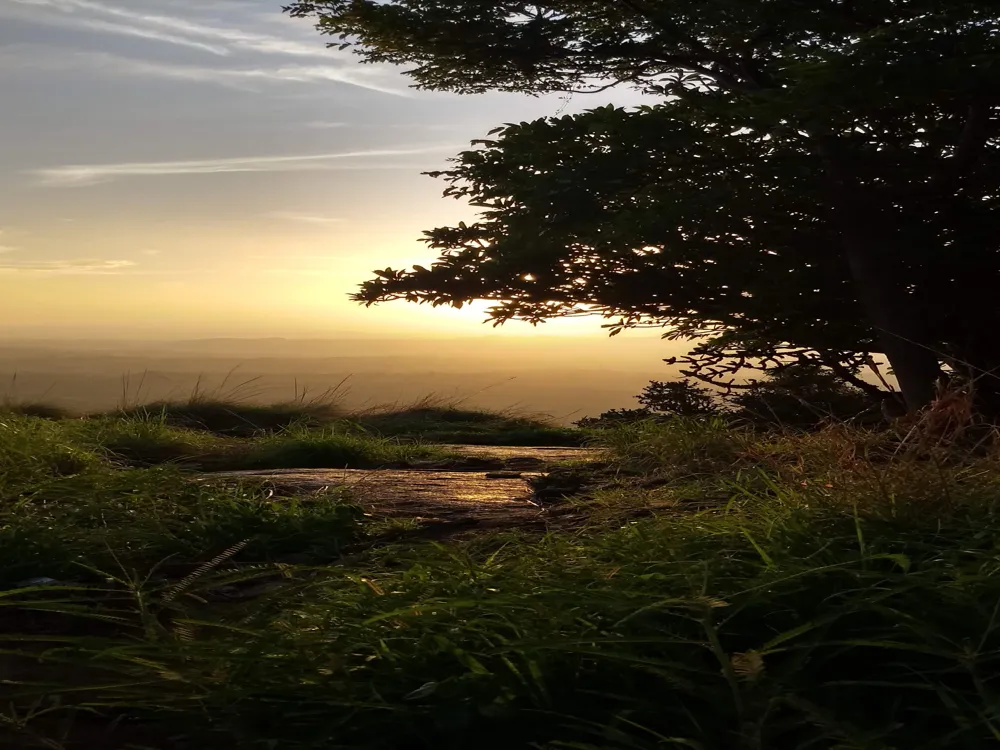Nestled in the serene Nandi Hills of Karnataka lies Tipu Sultan's Summer Residence, a remarkable emblem of historical and architectural grandeur. This residence, also known as Tipu's Drop, was the summer retreat of Tipu Sultan, the revered ruler of the Kingdom of Mysore. The residence is not just a testament to Tipu Sultan's love for nature and architecture but also a symbol of the rich cultural and historical tapestry of Karnataka. Tipu Sultan, often referred to as the Tiger of Mysore, was known for his valiant stance against British colonialism. His summer residence in Nandi Hills served as a strategic location and a tranquil haven, away from the summer heat of Mysore. The cool and pleasant climate of Nandi Hills made it an ideal retreat. It is said that Tipu Sultan used to conduct his darbar (court) from here during summers, managing the affairs of his kingdom and strategizing against the British East India Company. The residence is surrounded by picturesque landscapes, including lush greenery, rolling hills, and breathtaking views. The area is rich in flora and fauna, adding to the beauty and tranquility of the place. Visitors to the residence can also explore the nearby Nandi Hills, which offers panoramic views of the surrounding countryside, making it a perfect spot for nature lovers and photographers. Tipu's Summer Residence is not just a mere historical site; it is a journey back in time, offering a glimpse into the life of one of India's most iconic rulers. The residence stands as a proud reminder of the region's rich heritage and Tipu Sultan's enduring legacy. The architecture of Tipu Sultan's Summer Residence in Nandi Hills is a fascinating amalgamation of Indo-Islamic and traditional South Indian styles. This unique blend reflects the secular and diverse nature of Tipu Sultan's rule and his appreciation for different architectural forms. The residence, though not very large in size, is renowned for its elegance and simplistic beauty. One of the striking features of the residence is its symmetrical layout, a characteristic commonly found in Islamic architecture. The central hall, flanked by chambers on either side, served as the durbar hall where Tipu Sultan held his court. The walls and ceilings are adorned with intricately painted frescoes, depicting floral motifs and scenes from Hindu mythology, showcasing the fusion of cultural influences. The use of locally sourced materials in the construction of the residence is a testament to Tipu Sultan's commitment to sustainability and his respect for the local environment. The walls are made of brick and mortar, and the roofs are covered with tiles typical of the region's traditional architecture. The residence also features beautifully carved wooden doors and windows, adding to its aesthetic appeal. The intricate jali work (lattice screens) on the windows is another highlight of the residence. These jalis not only served as an element of beauty but also provided ventilation and regulated sunlight, keeping the interiors cool and comfortable during the harsh summers. The residence's design demonstrates a deep understanding of the local climate and topography, making it a masterpiece of functional and sustainable architecture. In addition to the main residence, the compound includes a well-maintained garden and several fountains. These elements of Mughal garden design were incorporated to create a tranquil and refreshing ambiance. The gardens were a place of solitude and reflection for Tipu Sultan, away from the rigors of statecraft. The architecture of Tipu's Summer Residence is not just a display of aesthetic beauty but also a symbol of Tipu Sultan's progressive vision. It stands as a testimony to his admiration for diverse architectural styles and his commitment to creating structures that were in harmony with their surroundings. The ideal time to visit Tipu's Summer Residence is between October and March when the weather in Nandi Hills is cool and pleasant. This period avoids the heavy monsoons and the extreme summer heat, making it perfect for exploring the residence and its surroundings comfortably. Comfortable clothing and walking shoes are recommended as you will need to walk around to explore the residence and its gardens. Since the weather can be a bit cool, especially in the mornings and evenings, carrying a light jacket is advisable. For photography enthusiasts, the residence offers numerous picturesque spots. The best time for photography is early morning or late afternoon when the sunlight is soft, providing a beautiful golden hue perfect for capturing the architectural beauty and the surrounding landscapes. As a historical monument, it's important to respect the site. Avoid touching the frescoes and other artifacts. Littering is strictly prohibited, and visitors are encouraged to maintain the sanctity of the place. Tipu's Summer Residence in Nandi Hills is well-connected and easily accessible. It is located approximately 60 kilometers from Bangalore, the capital city of Karnataka. Visitors can reach the residence by various means: Whichever mode of transport you choose, the journey to Tipu's Summer Residence is as delightful as the destination itself, offering a glimpse into the rural and scenic landscapes of Karnataka. Read More:Overview of Tipu's Summer Residence in Nandi Hills, Karnataka
Architecture of Tipu's Summer Residence
Tips When Visiting Tipu's Summer Residence
Best Time to Visit
What to Wear
Photography Tips
Respecting the Site
How To Reach Tipu's Summer Residence
Tipu's Summer Residence
Nandi Hills
Karnataka
NaN onwards
View nandi-hills Packages
Weather :
Label : Must Visit
Tags : Historical Site
Timings : 8:00 AM - 6:30 PM, Daily
Entry Fee : Free
Planning a Trip? Ask Your Question
Also Refered As:
Tashk-e-Jannat, Tipu Sultan's Fort
Nandi-hills Travel Packages
View All Packages For Nandi-hills
Top Hotel Collections for Nandi-hills

Private Pool

Luxury Hotels

5-Star Hotels

Pet Friendly
Top Hotels Near Nandi-hills
Other Top Ranking Places In Nandi-hills
View All Places To Visit In nandi-hills
View nandi-hills Packages
Weather :
Label : Must Visit
Tags : Historical Site
Timings : 8:00 AM - 6:30 PM, Daily
Entry Fee : Free
Planning a Trip? Ask Your Question
Also Refered As:
Tashk-e-Jannat, Tipu Sultan's Fort
Nandi-hills Travel Packages
View All Packages For Nandi-hills
Top Hotel Collections for Nandi-hills

Private Pool

Luxury Hotels

5-Star Hotels

Pet Friendly







